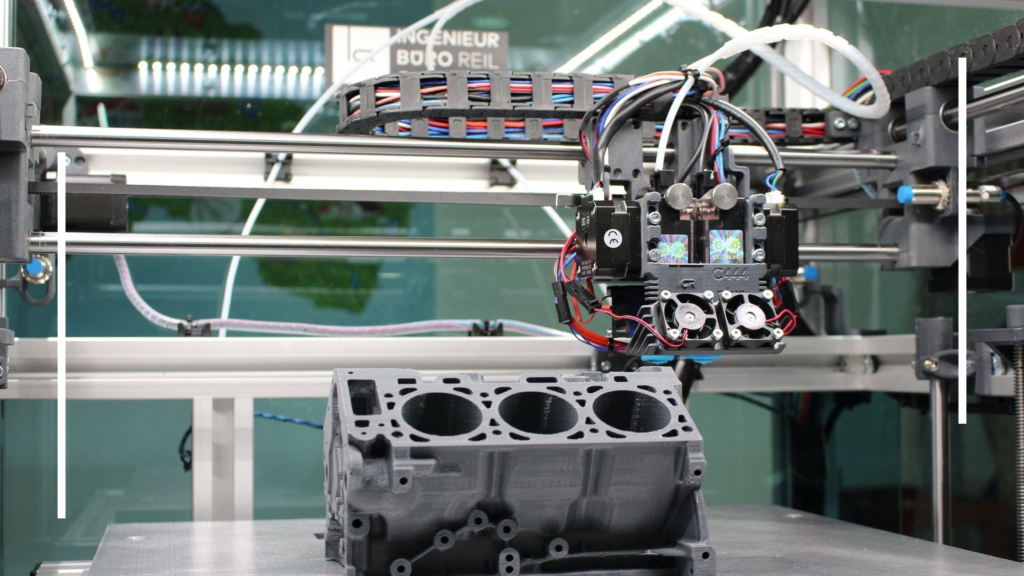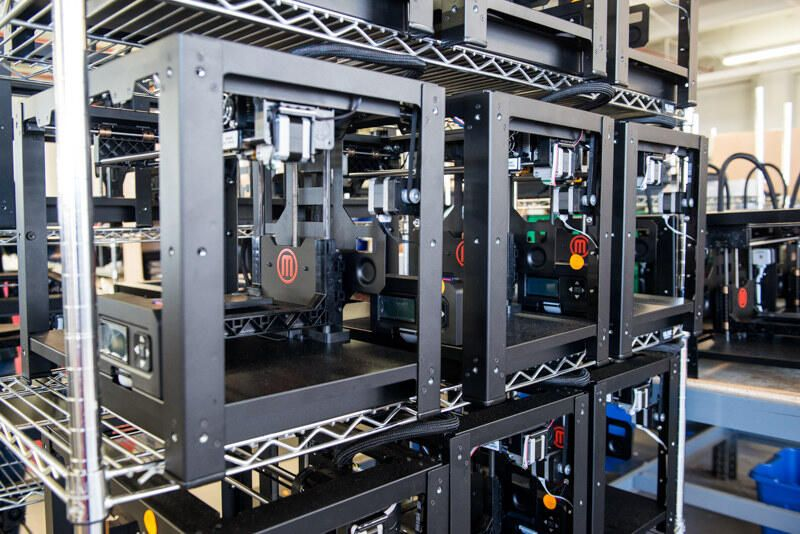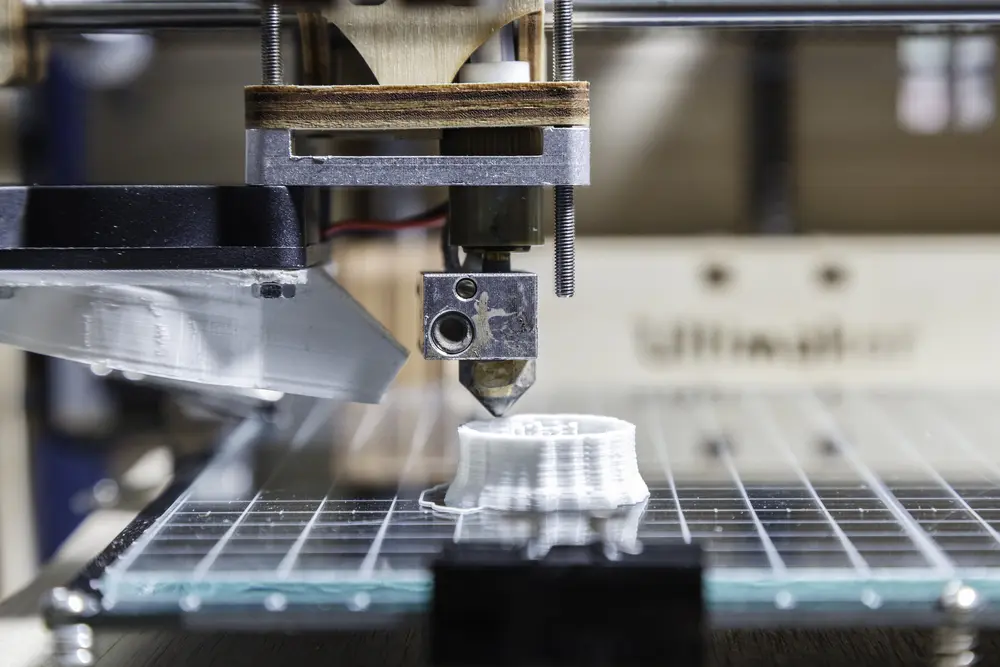The rise of 3D printing has brought a wave of innovation across the globe, and Kuwait is no exception. This cutting-edge technology, once thought of as futuristic, is now becoming a practical tool in shaping industries, economies, and even day-to-day life. In a country known for its strategic vision and ambition to diversify beyond oil, 3D printing is unlocking new opportunities that could transform manufacturing forever.
From reducing costs to fostering creativity, and from empowering local businesses to positioning Kuwait on the global innovation map, the impact of 3D printing is both powerful and promising. Let’s explore how this technology is rewriting the rules of manufacturing in Kuwait.
The Rise of 3D Printing in Kuwait
Over the last decade, Kuwait has shown a strong commitment to embracing advanced technologies. The government and private sector alike have recognized that adopting modern manufacturing solutions is key to building a resilient economy.
3D printing, also known as additive manufacturing, is playing a central role in this transformation. By layering materials to create objects directly from digital designs, it eliminates many of the inefficiencies of traditional production. In Kuwait, this has quickly become a game-changer for sectors such as construction, healthcare, energy, and consumer goods.
Reducing Costs and Increasing Efficiency
One of the most immediate benefits 3D printing brings to manufacturing in Kuwait is cost reduction. Traditional manufacturing often requires expensive molds, tools, and bulk production to justify costs. With 3D printing, these limitations disappear.
Small and medium-sized enterprises can now create prototypes and final products at a fraction of the cost, without the need for large-scale investments. This democratizes manufacturing, allowing more businesses to compete and innovate. For Kuwait, where entrepreneurship is gaining momentum, this shift is empowering a new generation of creators.

Customization at Its Best
In today’s world, consumers value products that are personalized to their needs and preferences. 3D printing makes this possible on a large scale.
In Kuwait, industries such as healthcare and fashion are already tapping into this benefit. Doctors can design patient-specific prosthetics and implants, ensuring comfort and effectiveness. Designers can create unique jewelry and accessories, tailored to the exact taste of their clients. This level of customization not only improves customer satisfaction but also opens up premium market opportunities.
Driving Innovation in Construction
Kuwait’s construction sector is one of the most vibrant in the region, driven by large-scale infrastructure projects and ambitious visions for the future. Here, 3D printing has begun to revolutionize how buildings and structures are created.
Large-scale 3D printers can produce building components with speed and precision, reducing labor costs and construction time. Imagine a future where homes or offices in Kuwait can be built in days instead of months, all while maintaining structural integrity and sustainability. This is no longer a distant dream but an emerging reality.
Boosting Healthcare Solutions
Healthcare is one of the fields where 3D printing is making a profound difference. In Kuwait, hospitals and research centers are increasingly exploring how to integrate this technology into patient care.
Custom-made prosthetics, dental implants, surgical models, and even experimental bioprinting of tissues are transforming the way medical professionals treat patients. This not only enhances treatment outcomes but also reduces dependency on imported medical devices, allowing Kuwait to strengthen its self-sufficiency in critical healthcare supplies.
Supporting Kuwait’s Economic Diversification
Kuwait has long relied heavily on oil as the backbone of its economy. However, with global markets changing, the nation has placed diversification at the top of its agenda.
3D printing is a perfect fit for this vision. By nurturing local manufacturing, Kuwait can reduce its dependence on imports, stimulate entrepreneurship, and develop new industries such as aerospace, robotics, and consumer technology. The growth of 3D printing hubs and innovation centers also creates high-skilled jobs, preparing the Kuwaiti workforce for the demands of tomorrow.
Environmental Benefits for a Greener Future
Sustainability is another critical area where 3D printing contributes positively. Unlike traditional manufacturing that often results in large amounts of waste, 3D printing uses materials efficiently, producing only what is needed.
For Kuwait, where environmental sustainability is increasingly emphasized, this technology can help reduce the nation’s ecological footprint. From eco-friendly building materials to recyclable product designs, 3D printing aligns perfectly with Kuwait’s efforts to promote green growth.
Empowering Entrepreneurs and Startups
Kuwait has a dynamic entrepreneurial spirit, with many young innovators eager to make their mark. 3D printing provides them with the tools they need to turn ideas into reality quickly and affordably.
Instead of waiting months for prototypes to be developed abroad, startups in Kuwait can design and print their models locally within days. This accelerates innovation and reduces costs, giving small businesses a competitive edge. With support from incubators and government initiatives, 3D printing could be the launchpad for Kuwait’s next wave of homegrown success stories.
Education and Skill Development
To fully unlock the potential of 3D printing, education and skill development are crucial. Schools, universities, and training institutions in Kuwait are gradually integrating 3D printing into their curricula.
Students learn not only how to operate printers but also how to think creatively about solving real-world problems with this technology. This prepares them for careers in engineering, design, medicine, and more, ensuring that Kuwait’s youth are future-ready.

Global Competitiveness and Collaboration
By adopting 3D printing, Kuwait positions itself as a forward-thinking nation that is ready to collaborate with global leaders in technology. Partnerships with international companies, research institutes, and innovators can accelerate knowledge transfer and innovation in the local market.
This global outlook is vital for Kuwait to maintain competitiveness in a rapidly changing world. By being an early adopter and innovator, Kuwait can set itself apart as a hub of advanced manufacturing in the Middle East.
Challenges on the Path Ahead
While the opportunities are immense, the journey is not without challenges. High initial costs of industrial 3D printers, lack of skilled technicians, and the need for regulatory frameworks are areas that require attention.
However, these challenges are not insurmountable. With strategic investments in training, partnerships, and supportive policies, Kuwait can overcome these hurdles and fully harness the transformative power of 3D printing.
The Human Impact
Beyond industries and economics, the true power of 3D printing lies in its human impact. A child receiving a custom-designed prosthetic arm, an architect turning visionary designs into reality, or a small business owner creating a product that competes globally these stories show the deeply personal effect of this technology.
In Kuwait, these human-centered transformations inspire not just innovation but also hope for a brighter, more inclusive future.
Looking Toward the Future
As Kuwait continues its journey of modernization and diversification, 3D printing will remain a cornerstone of its progress. Whether it’s shaping smarter cities, strengthening healthcare, or empowering entrepreneurs, the potential of this technology is vast and inspiring.
The transformation has already begun, and its ripple effects will only grow stronger in the coming years. By embracing this powerful tool, Kuwait is not just keeping pace with global trends but leading the way in creating a future where imagination meets reality.
Conclusion
3D printing is no longer a concept of tomorrow; it is the reality of today. In Kuwait, it is unlocking possibilities across industries, reducing costs, improving lives, and shaping the country’s economic future.
While challenges exist, the vision, ambition, and innovative spirit of Kuwait ensure that this technology will continue to flourish. The nation’s embrace of 3D printing symbolizes more than a technological upgrade it represents a bold step toward resilience, creativity, and long-term prosperity.
The journey is just beginning, but the destination is clear: a Kuwait where manufacturing is smarter, greener, and more human-centered than ever before.
Also Read – Kuwait’s Push Toward Cashless Smart Payments in Public Transport



